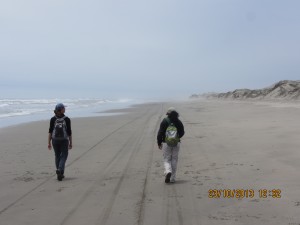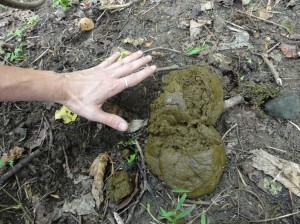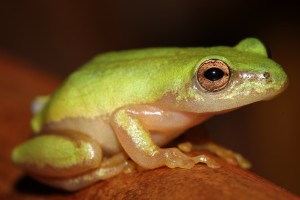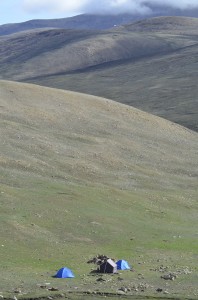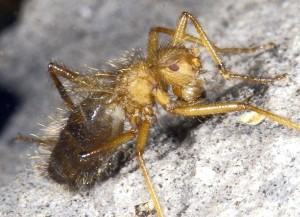The Fund supported 57 more conservation projects with $514,495 bringing the total amount donated to species conservation to $11,380, 859 in less 5 years. Here is a short sample of the 61 projects in the latest round of grant giving.
- $4,600 emergency population assessment grant for giraffe in Congo;
- $2,500 for Sociable lapwing in Eritrea;
- $9,500 for wild coffee plant in Tanzania;
- $6,500 for Rusty spotted cat in Sri Lanka;
- $15,670 for the Christmas Island giant gecko in Austrailia.
Many of the grant recipients have created case studies on our website and you can view these by navigating to the case study section of our website. If you are interested in apply for a grant, please visit our grant application page and apply before our next deadline.


